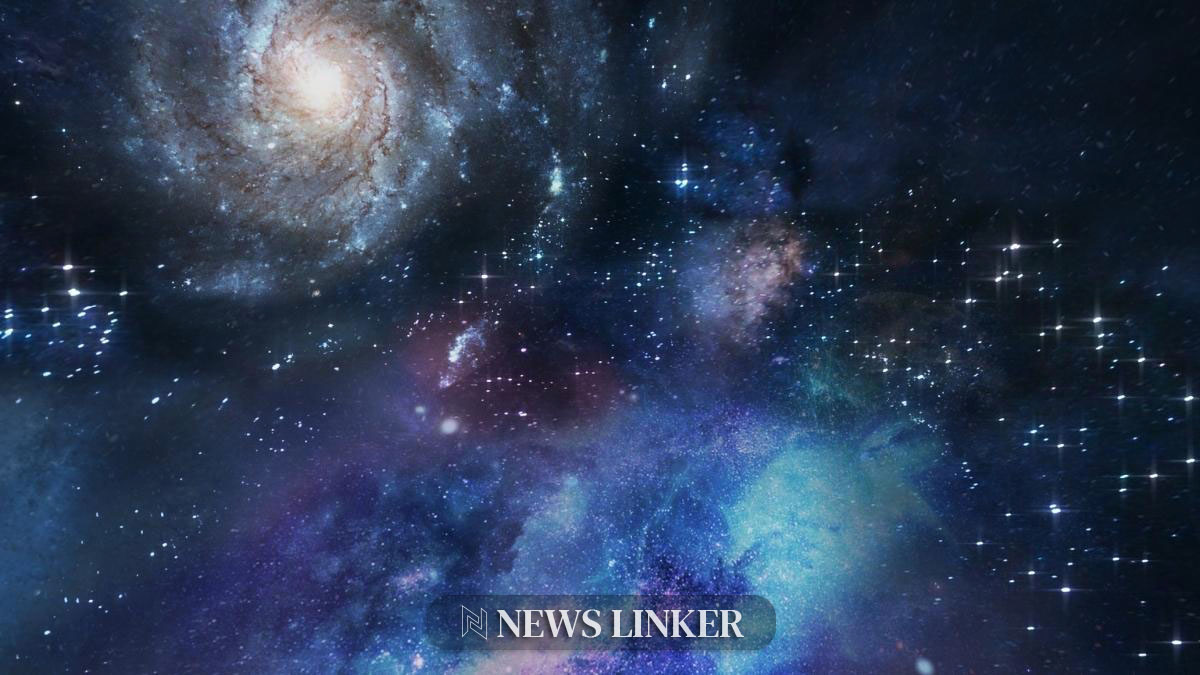X-ray astronomy, a vital tool for exploring the violent and high-energy phenomena of the cosmos, has reached a new pinnacle with the eROSITA consortium’s findings at the Max Planck Institute for Extraterrestrial Physics. The eROSITA (extended ROentgen Survey with an Imaging Telescope Array) telescope, situated on the Spectrum-RG space satellite, completed a substantial survey covering half of the X-ray sky, cataloging around 900,000 unique X-ray sources. This achievement surpasses the cumulative discoveries of past X-ray astronomy missions spanning six decades.
eROSITA’s Extensive Sky Survey
The eROSITA instrument completed its initial all-sky survey, eRASS1, over the course of seven months, beginning in December 2019. This survey, at its highest sensitivity, captured 170 million X-ray photons, empowering astronomers to analyze the energy and timing of their arrival. Under the guidance of principal investigator Andrea Merloni, the astronomy team compiled a catalog of first-release data and published over 50 new science papers. The telescope has since conducted three additional complete sky scans, with the accumulated data set to be made public soon.
eROSITA’s Treasury of X-ray Sources
Focusing on the hottest and most energetic celestial bodies, such as supermassive black holes, newborn stars, and supernova remnants, eROSITA’s preliminary eRASS1 data pinpoints approximately 710,000 supermassive black holes, 180,000 X-ray emitting stars within the Milky Way, and 12,000 galaxy clusters among other exotic sources. This robust collection of X-ray sources is a testament to the telescope’s unprecedented capability, outmatching the findings of well-established missions like XMM-Newton and Chandra over the past quarter-century.
Zeroing in on Specific X-ray Objects
eROSITA aims to map the hot intergalactic medium of tens of thousands of galaxy clusters, detect black holes within galaxies, and investigate the physics behind various galactic X-ray sources. A particular highlight from the new survey data is the identification of a filament between two galaxy clusters, offering insights into the density of the universe’s warm-hot intergalactic medium and the formation of galaxy clusters. Additionally, the eRASS1 survey provides a detailed view of the Virgo Cluster, enabling researchers to study the forces at play in these massive structures’ peripheries.
Since its launch, eROSITA has contributed significantly to our understanding of the X-ray universe. Its observations have revealed changes in a distant quasar and the presence of a newly forming black hole in the early universe, along with mapping hot gas throughout the Milky Way. Currently, the instrument is undergoing health assessments while in safe mode.
The eROSITA project’s recent advancements reflect a monumental stride in X-ray astronomy, broadening the scope for future cosmic explorations and providing an invaluable resource for the scientific community. The distribution of high-quality data and tools by the eROSITA Operations team promises to enhance collaborative research efforts worldwide.










